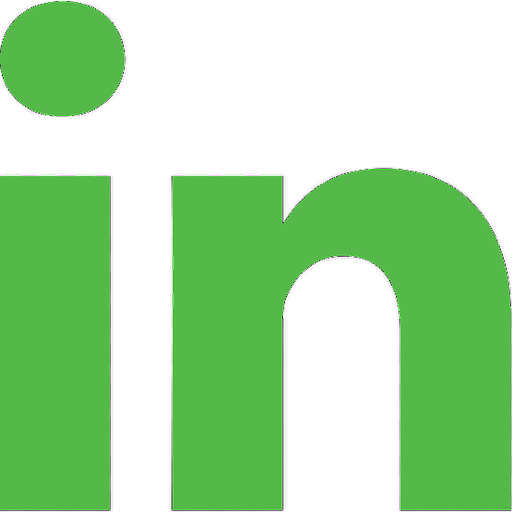The Background to the CEDAR DNS 4

"The dialogue noise suppressor that everyone can use everywhere."
Noise is all around us: traffic, aircraft, the noise inside vehicles, air conditioning, wind, rain and other water noises, the noise from domestic appliances and even excessive reverberation. It annoys people, and it can render many recordings unusable. So noise suppression techniques are used to clean up noisy dialogue for film production, suppress ambient noise for live TV and radio broadcasting, revitalise sound effects libraries, and enhance speech for forensic audio investigations.
Until CEDAR's Academy Award winning DNS technology, you were forced to use processes such as low-pass and other filters, noise gates, dynamics processes, or processes developed from analogue encode/decode noise reduction systems. These often proved inadequate. Filtering is not selective about what it removes, and there is no relationship between the input and the filtering effect. Gates have no effect when the desired signal is present and lead to unnatural gaps in the signal. Other dynamics processes generate pumping, distortion and other unnatural effects, and encode/decode processes when used in this way simply act as dynamics processors.
The original CEDAR DNS process overcame all of these problems and resulted in a string of awards when implemented in our hardware (the DNS1000 and its descendents) and software products (DNS One and its siblings). Today, there's a further development of the DNS algorithm designed specifically for portability and speed of use, and this forms the core of the DNS 4 which combines portability and flexibility in a unit so small and light that you can slip it inside your pocket or equipment bag.







